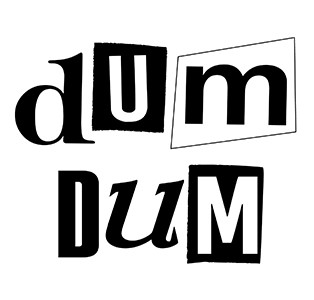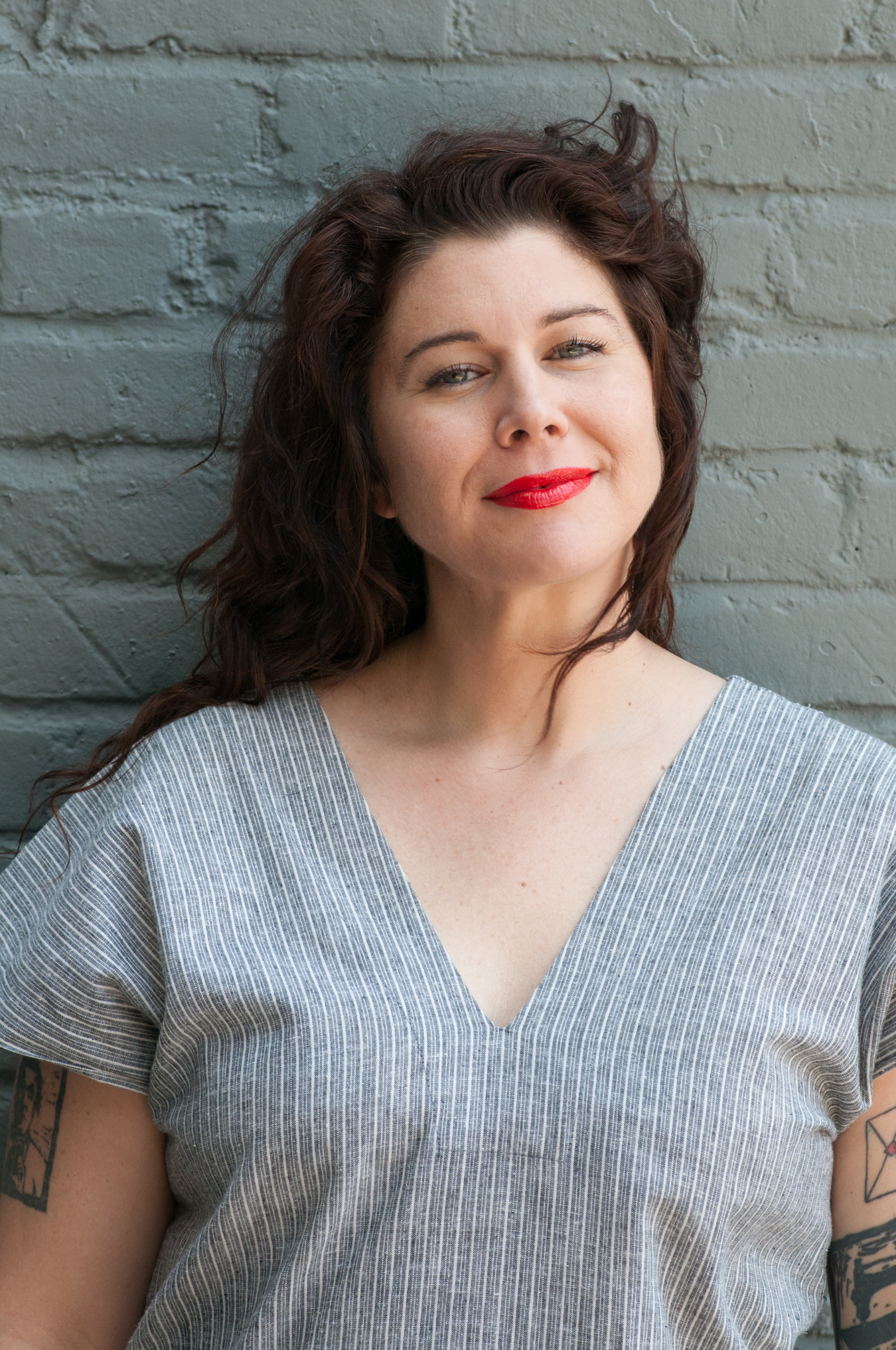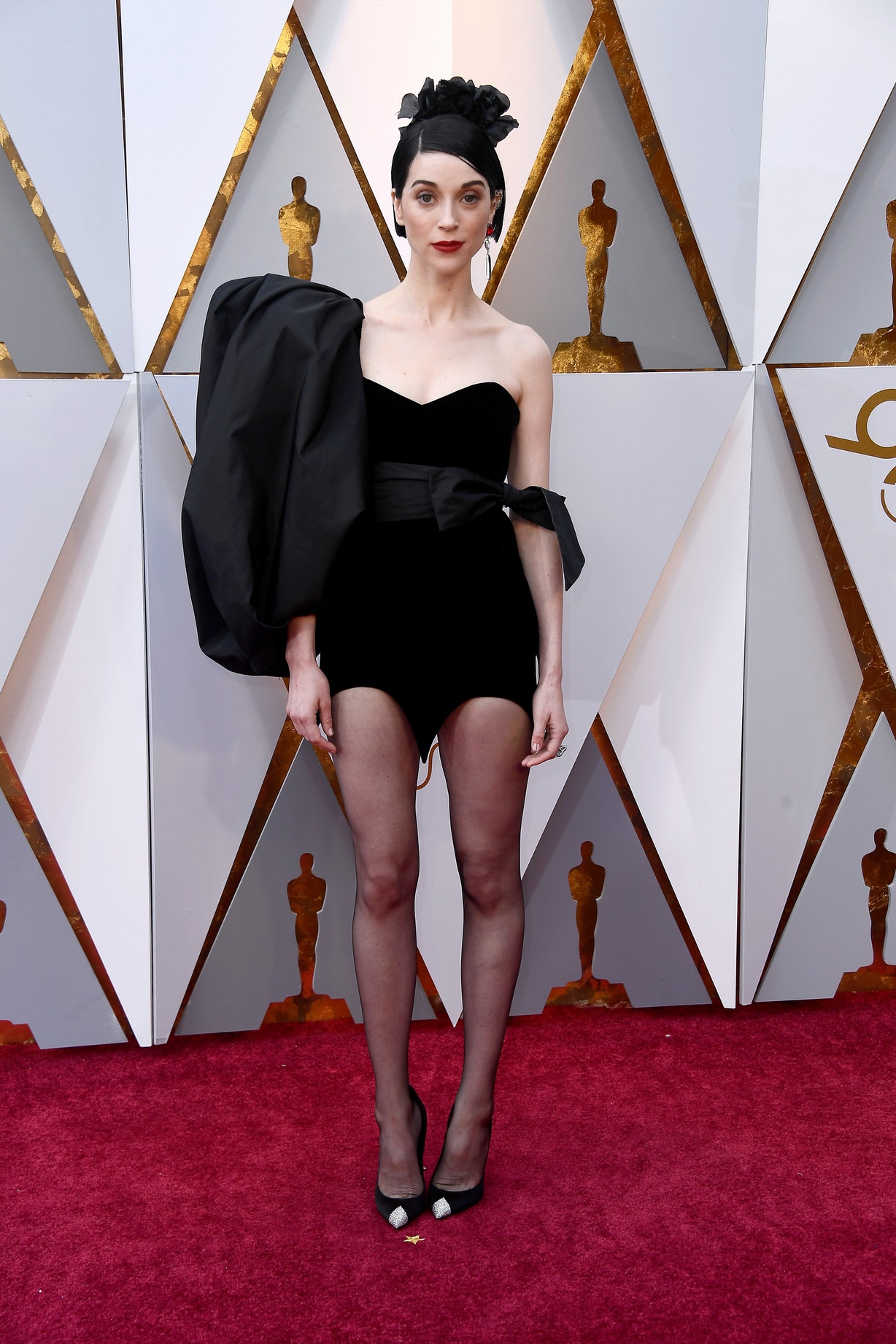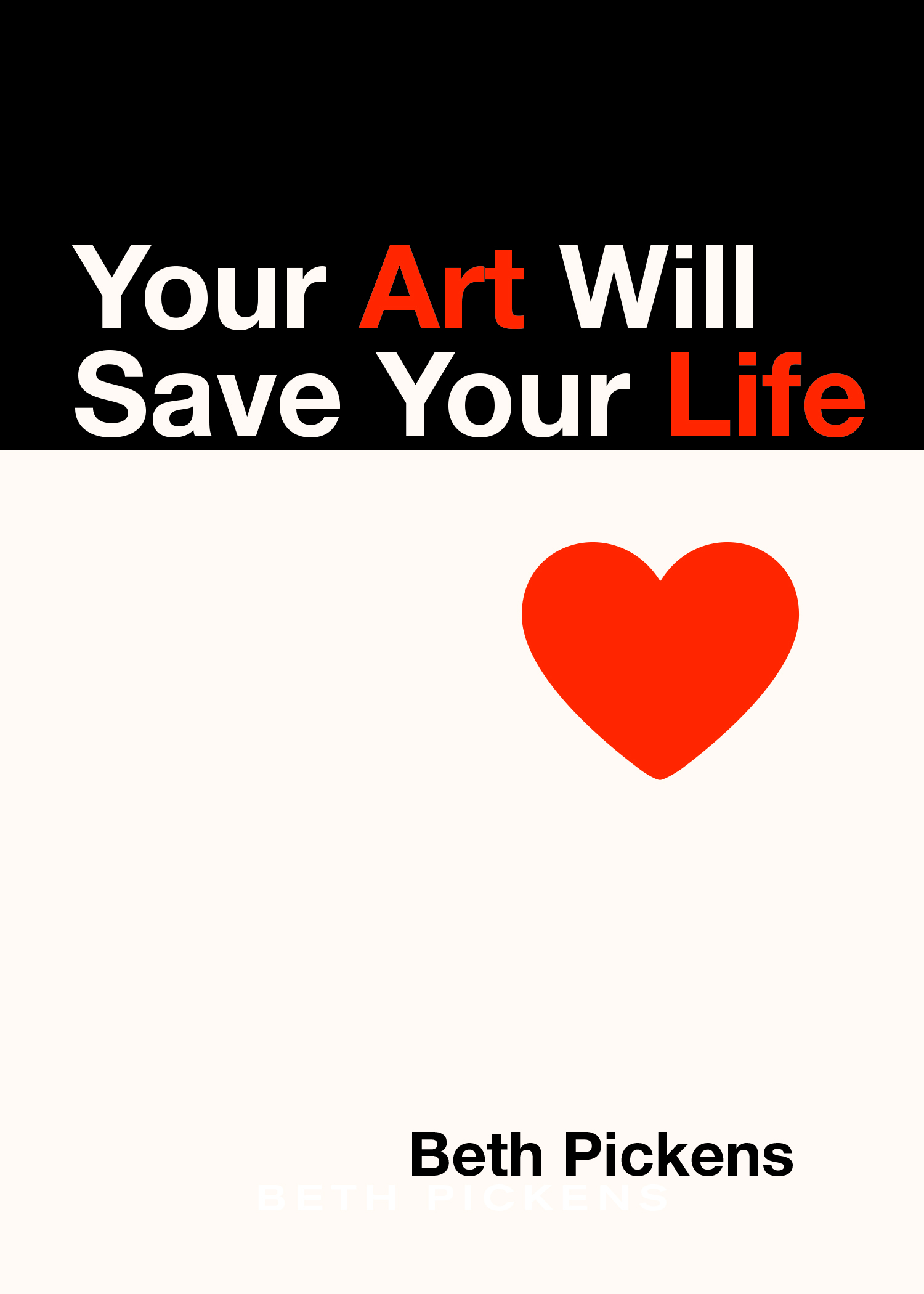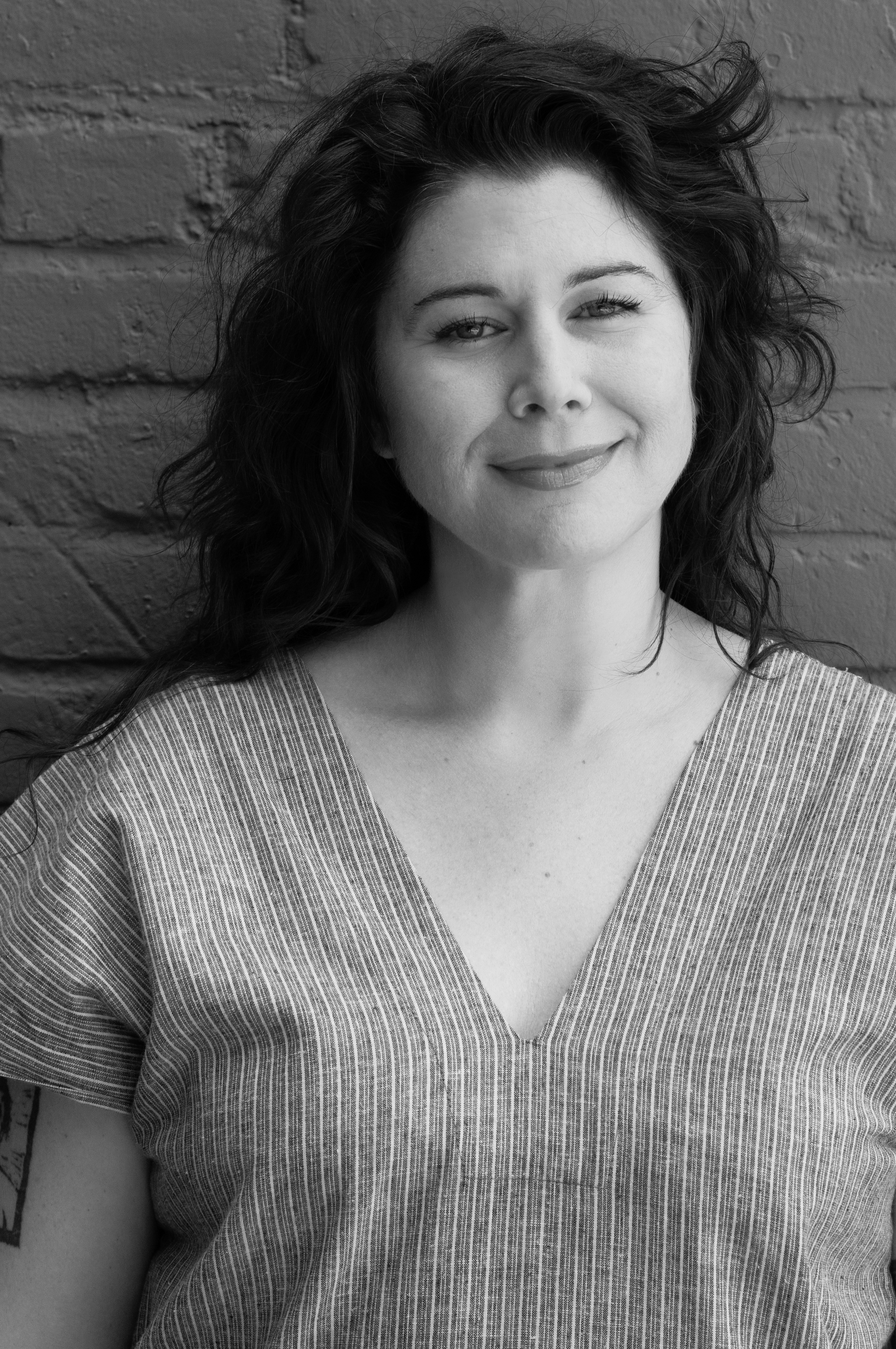Welcome back to DUM DUM Zine’s Text Message Interviews! This month we interview Beth Pickens, L.A.-based consultant dedicated to supporting and empowering artists, most recently through her self-help book, Your Art Will Save Your Life, out now by Feminist Press.
DUM DUM Zine’s creator Taleen Kali joins Pickens in text message excursions about feminism, making art during fascism, and how to transform today’s art climate. Read on and #GetDUM before the official L.A. reading tonight at Skylight Books, where Pickens will be joined by Allie Liebegott and Michelle Tea.
Taleen Kali (DDZ): Hey Beth! READY to text? What are 3 images that are currently inspiring you?
Beth Pickens (BP):
1. My spouse and I commissioned a piece by Los Angeles artist Lauren Halsey. It will be similar to one of the individual panels in this photo of her precious work. I get to pick it up in April and I’m obsessed with imagining it. Lauren’s got a solo exhibition up at MOCA right now and the opening night was gorgeous. This artist is 🔥.
2. My dogs have recently started sleeping together in the same dog bed so I know peace on earth is possible.
3. Like every style icon I admire, I only want to wear Maya Rudolph’s Valentino 2018 Oscar look.
DDZ: OH MY DOG look at them all bundled up. Did they make good writing companions while you were working on “Your Art Will Save Your Life?”
And YESSS Maya! Loved that dress. Currently gushing over St Vincent’s look as well
BP: St. Vincent always looks incredible. I love her.
I work at home in my office and my dogs–if exercised properly–mostly sleep on the couch where my clients normally sit. So they “come to work” and I point a space heater at them while I write 800 grants a day.
DDZ: They must love coming to work. I wonder, do I catch a glimpse of “spooky artist face” on one of them? Halfway joking!
Real talk though: the “spooky artist faces” you describe in your book was such a joy to read! I am so familiar with that feeling, and yet seeing it put into words and a concept was totally new for me and it resonated deeply… Could you tell our readers a bit more about the concept?
BP: Either Michelle Tea or Ali Liebegott coined ‘spooky writer face’ the first year we ran the RADAR Lab, a queer writers retreat in Akumal, Mexico. We shared small quarters so we had required quiet work hours 9-noon everyday. Right away we noticed the zombie zone the writers would to around in after writing hours, ambling into the kitchen, confusedly trying to make lunch or boil water. They were still in the other world they were creating but motioning around in this world.
That ‘zone’ one gets in when one is deep in a project and the strange twilight they pass through as they ‘come to’–that is spooky artist face.
DDZ: I’ve definitely caught myself in the mirror in such a state, and spooked many family members passing by my room growing up! There’s definitely some deep sea subconscious or other-worldly diving happening before that state…
Did you ever find yourself with that spooky writer face during the time you were writing “Your Art Will Save Your Life?”
BP: I did. And that made me relate to my clients. I definitely had moments when I felt absorbed in writing but that was infrequent. Mostly I felt like ‘how the fuck am I gonna get to my 20k words?’
DDZ: Ahah love it! That state of absorption or focus reminds me of what some of my yoga students clients experience after meditation . That state of such openness and vulnerability. In one of your later chapters you even describe encouraging sharing with other artists during that state. What do you think makes that the most effective?
BP: I think some retraining of 🧠 synapses can happen during that murky transition phase between the art making zone and your regular old worried, anxious mind. As an artist comes out of the depths of their project and the critical brain starts up again, that’s a great time to have another artist
reflect one back at oneself. Before the asshole critical self starts in with ‘well, that was a waste’ or ‘who knows if what I’m making is any good’ etc.
DDZ: Ah yes! I bet it really helps to building up a practice of trusting within and out of that space. I love that although you frequently make a distinction between yourself and your clients, anyone can experience that state of focus when writing or engrossing in a deeply engaging activity.
What was the overall experience of writing the book like? Did you write a whole first draft or did you make a go of it in chunks day by day?
BP: I get very absorbed in grant writing and come back from it like ‘where, when, and who am I?’
I started the book back in 2015 or early 2016 because I had no room for more clients and I thought I should write down everything that I do with artists in book form to be able to support more artists beyond my individual consulting practice. Then the election happened and I quickly wrote up a pamphlet for artists called Making Art During Fascism to help my clients and other artists flipping out over trump. Michelle Tea then said she wanted to edit a series of short texts for Feminist Press along the lines of ‘survival guides’ on different topics and asked if I wanted to write one and I was like FUCK YEAH, so I put together the text I’d written, expanded on my pamphlet, and added more self help style writing. It was a short turnaround and my next book will be longer and go in depth into some of the concepts I introduce in this book.
I’m a Capricorn and very orderly- my brain just thinks in sequence and structure so I pretty much wrote it in order and then my editor Alyea Canada at Feminist Press moves parts around to make a compelling structure.
I originally had an essay about my mother in the book but I took it out at the last moment and swapped it for a list of things art school graduates should do.
DDZ: I remember “Making Art During Fascism” workshops popping up on the Women’s Center For Creative Work calendar shortly after the election, and you write about the importance of making art and gathering in your book. When did you host the first workshop?
BP: I hosted the first MADF workshop at Pieter Performance Space in Lincoln Heights in early December 2016.
DDZ: Yess—so literally right after the election. I remember how potent it was to see that title and pamphlet.
In your book you take us through the process of first acknowledging your feelings and reactions to the political climate, and then being of service. Considering you hosted the workshop for so long, how do you feel it impacted you to be of service?
BP: Definitely. I asked myself, ‘what do I know how to do?’ I know how to fundraise, I have counseling training, facilitation training, and I can create conditions through which people can feel better, feel connected, and feel motivated to take action
So I used my skills to do just that. I thought of the weekly drop-in group as a kind of social emergency response center. People could come who felt lost, wanted to broaden their community, and who needed to break isolation
(I only hosted it free/weekly for 3 months! Then I started doing it as a workshop that is frequently offered free by arts orgs but they pay me for my time.)
I continue to do pro bono work for a specific group of artists. That’s where my service and volunteer hours go now.
DDZ: In hindsight, did you notice any themes or shifts emerging within the various groups over that period of time?
BP: Over time artists’ questions shifted to themes of continuing activism in a sustainable way, how to resist normalizing the political climate, burnout, depression, anxiety, the works.
DDZ: It’s so interesting how in our culture —and during this time—artists often need the supportive reminder that their role is to keep making. I know a lot of artists who felt “selfish” making art when so much turmoil was going on, and you touch on this in your book too.
The guides in your book seem like a radical concept to me as a younger artist and I’m glad your book is normalizing and validating the “making” and fighting against normalizing the political climate!
BP: We in the U.S. live in such an art negative culture. Artists easily internalize beliefs that art is a hobby, it’s not a realistic/worthy career, they aren’t supposed to get paid or should never believe they can be paid, ‘what is your real career gonna be?’, etc. Our federal government gives chump change to the arts and humanities in its budget
Plus so much of our culture of labor is based on beliefs that you aren’t supposed to love work. I know I learned that. And yet I wired to be a person who needs meaningful work along with making money. And artists are wired that they must make art to be alive and to have a full, satisfying life.
If we love something, why does that make it unimportant? That’s a useful question I think.
Since art has such a profound effect on other people, on systems, on policy, on quality of life, how can it be selfish of an artist to make it?
DDZ: Absolutely! In your book you also dive into how most artists you know have to reckon with not having “enough” time, inspiration, resources because of our culture and conditioning. It’s such a trip bc it’s often quite true in the real world like you mentioned, so a lot of it is beating those thoughts by having a practice and support.
Your book has very helpful breakdowns of the trifecta of an artists needs and how to combat some of this. A lot of art making it turns out, is an abject refusal of this conditioning. I’m curious, will your second book go deeper into these practices, or what else will you be discussing?
BP: My second book will go DEEP SELF HELP
It’ll be directed at those special people who need to be creatively activated to function, which is not everyone contrary to what artists believe. It’s not a universal experience – this need to be creatively engaged as a means of processing, expressing, communicating and understanding, and I am committed to creating accessible tools that motivate, validate, challenge, and support these special people.
DDZ: HELL YES
Lord knows we need it! Stoked.
It’s been rainy lately in la, so here’s a fun photo challenge: send me a selfie of your book, or any photo of your book you feel inspired to take! Here’s mine 🖤
DDZ: Yesss I was hoping it’d be the pups!
Could you tell me more about this distinction between the special type of creative people and others? This is news to me (lol artist over here) because I tend to think of it as universal too!
Is this also why you often make a distinction in your book between yourself and your artist clients? It’s interesting to me, because you’re creating too! Creating your books.
BP: It my view, artists are people who need to be creatively engaged in order to be well. It’s actually crucial to their wellbeing. This is different from the rest of us who may benefit from creative engagement but do not need it to understand and communicate. There are billions of people who are not artists!
DDZ: If there was 1 thing you’d wish to transform about the art world, what would it be?
BP: PAY EQUITY AND TRANSPARENCY
DDZ: Yessss. Thank you! Final question, that we ask all our interviewees: what inspires and astonishes you?
BP: 1. That meme about everything in this RadioShack ad is now done by one smart phone
2. Unsurprisingly – art and artists but it’d be weird to not repeat that here.
3. The nature all over Los Angeles county
4. This MoviePass situation
5. Queer creative communities
6. young feminists
7. meditation
8. The Life Changing Magic of WEALTH REDISTRIBUTION
9. Old feminists
DDZ: Ahaha hell yes! Intergenerational as fuck
BP:Thanks so much for interviewing me!
DDZ: It was my pleasure. See you at the reading tonight!
*
Your Art Will Save Your Life is now out by Feminist Press. Order here!
